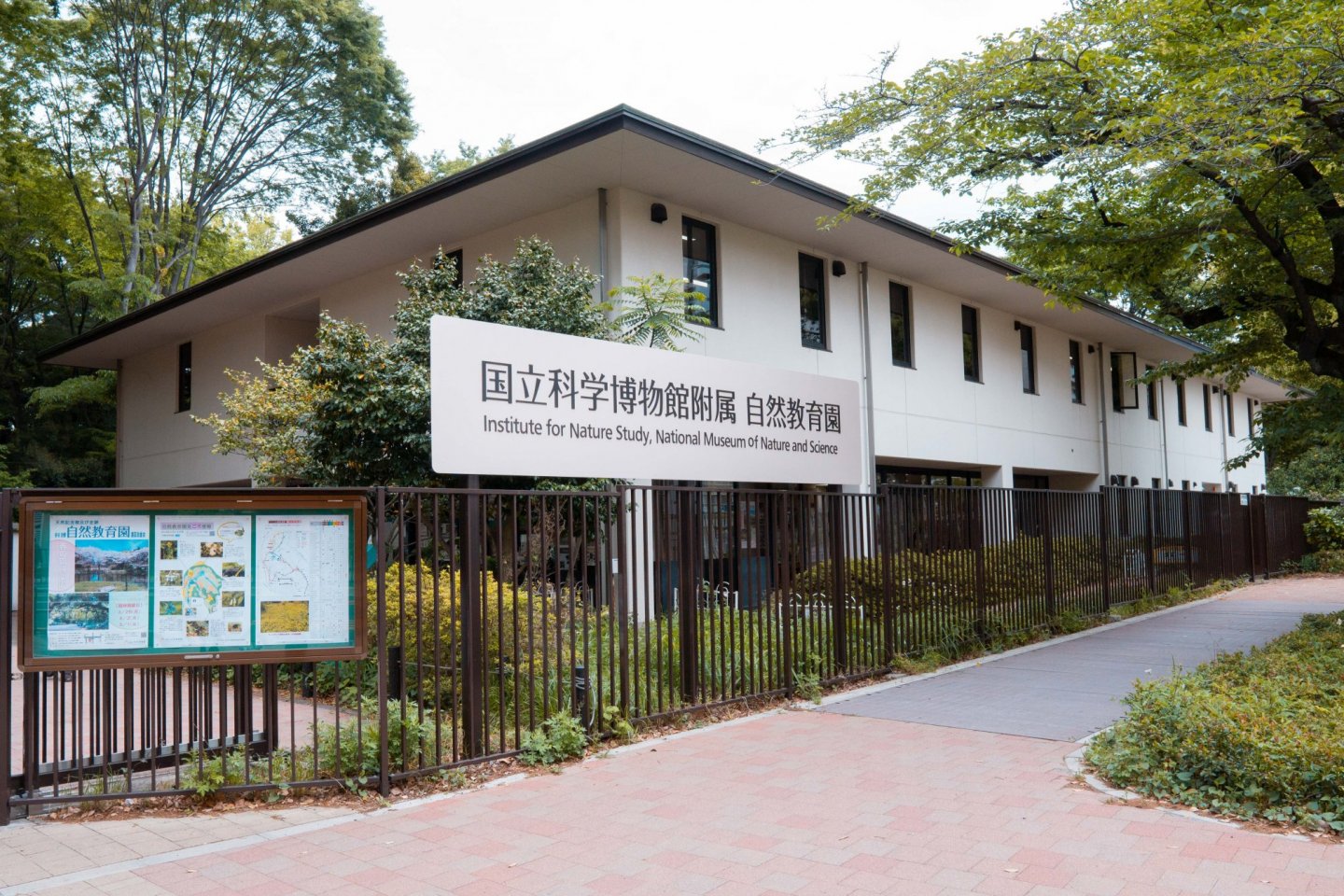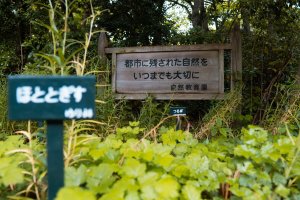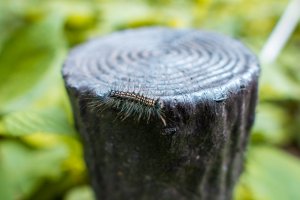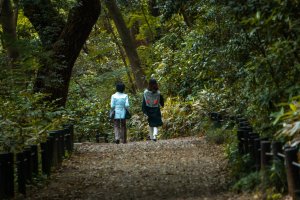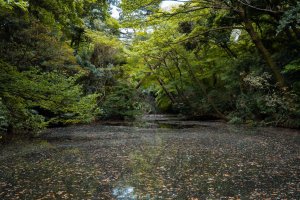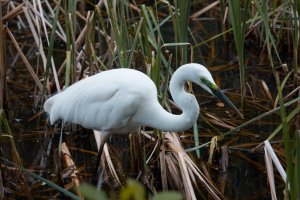I see so many articles and videos online, claiming to reveal Tokyo's hidden gems, only to leave me disappointed by recommending the same tourist spots as everybody else. The Meguro Institute of Science & Nature Study, however, truly is a gem. Let me tell you why.
From the name, it just sounds like a museum which, in part is true but when you actually visit, it's so much more than that. In reality, it's a fairly sizeable forest, one slap bang in the middle of Tokyo. Once inside though, it's hard to believe that you haven't left the city. Protected on all sides by towering trees that do an excellent job of silencing the surrounding roads, you feel as though you've just taken a 2 hour train ride out into the countryside.

Perhaps another thing that adds to the silence here is the admission limit. One of the best things about this institute is the 300 person entry cap that they impose. This is to ensure that the presence of humans doesn’t cause too much disturbance to the wildlife but it also doesn’t hurt that you’ll rarely ever be struggling to take photos with a clear view.
As this is a research institute, scientists & biologists are usually conducting surveys and studies all year round. Most of times that I have visited, I’ve spotted men rummaging around in the bushes with big butterfly nets looking for insects. If you’re interested in what current studies are being conducted here then you can check out the seasonal exhibits on display in the welcome centre as you enter.

Don’t worry though, it’s not just bugs that inhabit the area. With a combined total of 2130 species, this microcosm of life is home to all kinds of plants, birds, amphibians and small mammals. In fact, 130 species of water bird alone have been spotted in the area over the years.
The walk around the institute is fairly easy but snakes off in enough different directions to help add a little sense of adventure to what would otherwise be a simple leisurely stroll. This also makes it a great place for kids to get some exercise and learn a little bit about nature at the same time.

As the institute is open all year round, you'll also get to see the changing seasons; the budding of the spring, bustling life in the summer, beautiful red leaves in the fall and a snow-covered wonderland in the winter.
